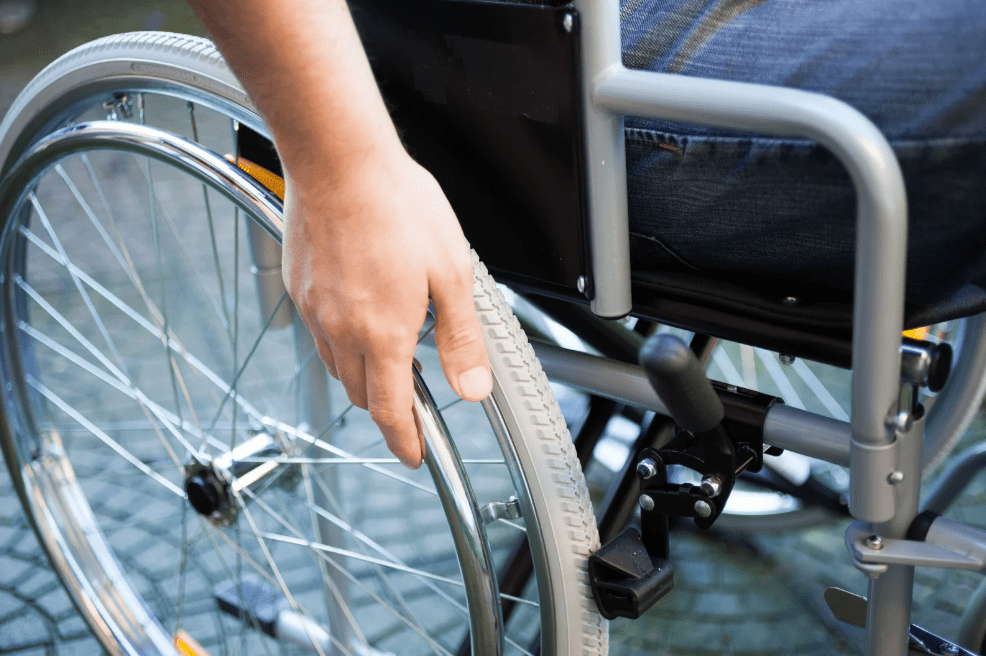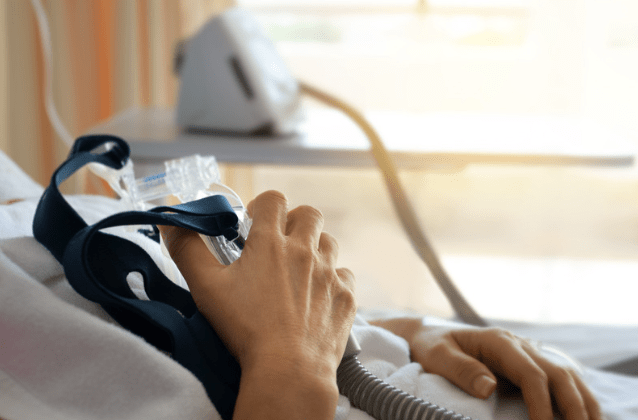Table Of Contents
A $2.2 trillion COVID-19 relief package unveiled Wednesday by the House contains $2.2 billion for the Department of Defense and military services and an additional $613 million for the Department of Veterans Affairs for costs related to pandemic response.
The proposal, which is designed to provide relief for businesses, families, local governments and health care facilities struggling with the economic fallout of the coronavirus pandemic, would provide $705 million to the Defense Health Agency to underwrite drug manufacturing capabilities for COVID-19 preventives and treatments as they come available.
It also contains $320 million to pay for personal protective equipment for medical personnel and patients at military treatment facilities.
But the largest chunk of funding marked for the DoD — other than money managed by the department as part of the Defense Protection Act — would go to the services to cover the salaries of many base employees who are paid through nonappropriated funds (NAF) — those who work in places such as child care centers; exchanges; and other morale, welfare and recreation activities.
With many of these facilities closed or operating at reduced capacity during the pandemic, the nonappropriated funds revenue stream has slowed to a trickle. Under the legislative proposal, the Army and Navy would receive $400 million each; the Air Force, $500 million; and the Marine Corps, $100 million, to bolster these NAF activities and cover employee salaries.
The bill, known as the HEROES Act, also would boost the Defense Department’s ability to recoup payments from health insurers who offer supplemental coverage for Tricare, but fail to pay their cost shares. It proposes that the Pentagon be allowed to impose civil monetary penalties on any plan or insurer who does not cover health expenses they are required under contract to pay.
The Pentagon has sought authorization to impose fines on health providers and suppliers who commit fraud and abuse against Tricare, and published an interim rule in the Federal Register in May announcing its plans for recouping some of those losses through civil penalties.
But the COVID-19 bill would expand that authorization to cover third-party providers or supplemental insurers.
The plan also contains funding for the VA, including monies for disability claims processing and supporting state veterans homes and VA cemeteries.
Of the $613 million intended for the VA, $100 million would go to improving the department’s supply chain management system; $338 million would go for operating expenses to address the disability claims backlog and education claims processing; $100 million would go to support the VA’s response to COVID-19 at state veterans homes; $26 million would go to the National Cemetery Administration for resuming burials; $4 million would go to the VA Board of Veterans Appeals; and $45 million would help modernize the VA’s education claims processing system.
Arlington National Cemetery also would receive an infusion of $2 million for expenses related to the pandemic.
The overall proposal contains another round of stimulus checks — $1,200 each — for most Americans, and it extends the $600 per week in enhanced federal unemployment benefits through the end of the year, a proposal that likely won’t be embraced by Republicans, who committed to a $300 per week additional payment under an executive order signed by President Donald Trump in August.
The $2.2 trillion proposal is larger than the $1.5 trillion plan put forth by a bipartisan House group in early September that Trump has said he supports.
Treasury Secretary Steven Mnuchin said Wednesday he is hopeful that he and House Speaker Rep. Nancy Pelosi will be able to strike a deal by Thursday.
“I say we’re going to give it one more serious try to get this done, and I think we’re hopeful that we can get something done,” he said at a Delivering Alpha conference hosted by CNBC and Institutional Investor. “I think there is a reasonable compromise here.”

How Long Does It Take for My VA Disability Rating to Become Permanent?
How Long Does It Take for My VA Disability Rating to Become Permanent? Securing your VA disability...

Celebrating 250 Years of the U.S. Army
Celebrating 250 Years of the U.S. Army If it feels like the U.S. Army has always been there,...

THE DIFFERENCE BETWEEN 100% FOR UNEMPLOYABILITY AND 100% DISABILITY RATING
THE DIFFERENCE BETWEEN 100% FOR UNEMPLOYABILITY AND 100% DISABILITY RATING In general, neither the...





